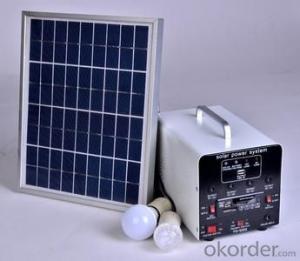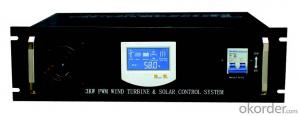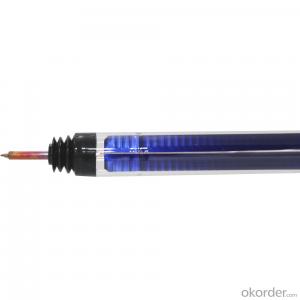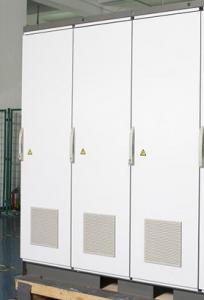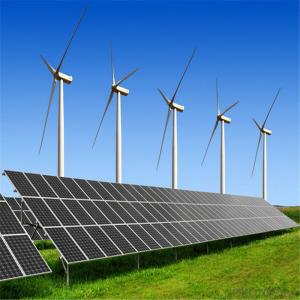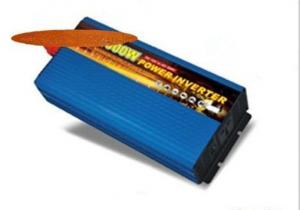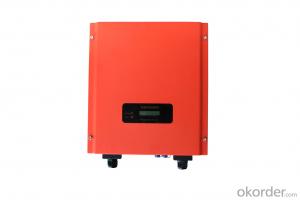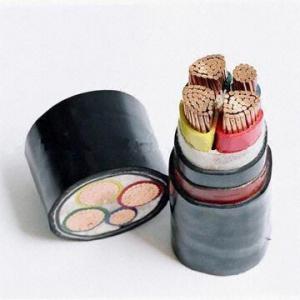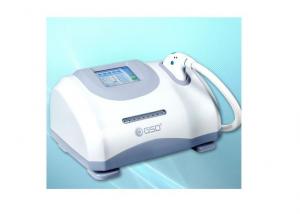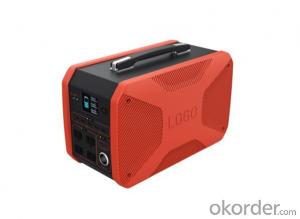Pv Powered Solar Inverter
Pv Powered Solar Inverter Related Searches
Pv Solar Inverter Solar Pv Inverter Best Solar Pv Inverter Best Inverter For Solar Pv Solar Pv Inverter Price Solar Pv Module Solar Pv Inverter Prices Solar Powered Power Inverter Solar Panel Pv Module Solar Pv Inverter Types Pv Module Solar Panel Pv Solar Cells Solar Pv Inverter Location Solar Powered Inverter Silicon Solar Pv Module Solar Pv Inverter On Maui Solar Pv Inverter Market Photovoltaic Pv Solar Cells Pwm Solar Inverter Solar Pv Inverter Sizing Rv Solar Power Inverter Power Solar Inverter Pv3500 Solar Inverter Portable Solar Power Inverter Solar Pv Module Price Pv Inverter Prices Portable Solar Inverter Power Inverter Solar Pv Cells In Solar Panels Rv Solar InverterPv Powered Solar Inverter Supplier & Manufacturer from China
Pv Powered Solar Inverter is a crucial component in the solar energy system, designed to convert the direct current (DC) generated by solar panels into alternating current (AC) that can be utilized by homes and businesses. This efficient device plays a vital role in harnessing the power of the sun and making it accessible for everyday use.The Pv Powered Solar Inverter is widely used in various applications, including residential, commercial, and industrial settings. It is particularly beneficial in areas with limited access to traditional power sources, providing a reliable and sustainable alternative. This product is also gaining popularity in off-grid systems, where it helps to store and manage solar energy for later use, ensuring a continuous power supply.
As a leading wholesale supplier, Okorder.com offers a vast inventory of Pv Powered Solar Inverters, catering to the diverse needs of customers worldwide. With a commitment to quality and customer satisfaction, Okorder.com ensures that the Pv Powered Solar Inverters they provide meet the highest industry standards, making them a trusted choice for those seeking reliable solar energy solutions.
Hot Products

